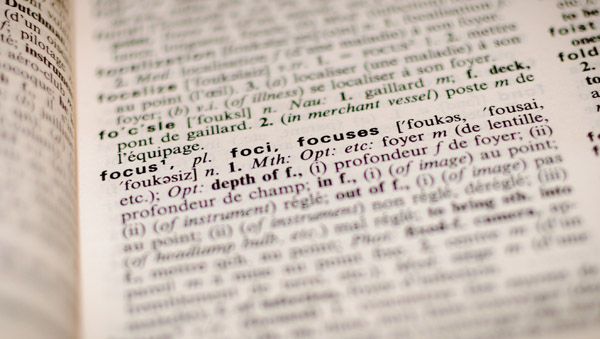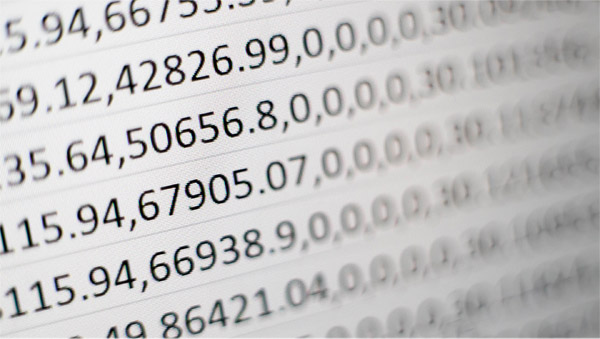New users must first create an account. Your lab/group will need an account also if completely new to the shared resource.
FAQ
Frequently Asked Questions
Fill out a training request form. Once trained we'll activate the scopes you can access. You'll see workstations as they can be accessed without training.
Anyone of the core personnel can answer your questions concerning your imaging needs. You can find out more about our areas of expertise in our About Us page.
Or email the whole team.
In choosing a fluorophores for your imaging, you need to consider which will give the best signal while minimizing "cross-talk or bleed-through" artifacts. Here are a some links which can help you determine what works best for your needs:
Leica overview of fluorescent dyes
https://www.leica-microsystems.com/science-lab/fluorescent-dyes/
ThermoFisher page on fluorophore selection
https://www.thermofisher.com/us/en/home/life-science/cell-analysis/fluorophores.html
Spectral Viewers:
https://www.fpbase.org/spectra/
https://www.aatbio.com/spectrum/
https://searchlight.semrock.com/
Examples on FPbase
Three average dyes
Four channel including bright stable Alexa dyes
Live Cell Three Color
2x FPs + 1x live cell dye (SNAP tag etc.)
Rates are found at the bottom of our Services page.
Yes, IACUC approval is required to image live animals. For detailed information on the IACUC proposal contact the IACUC team.





